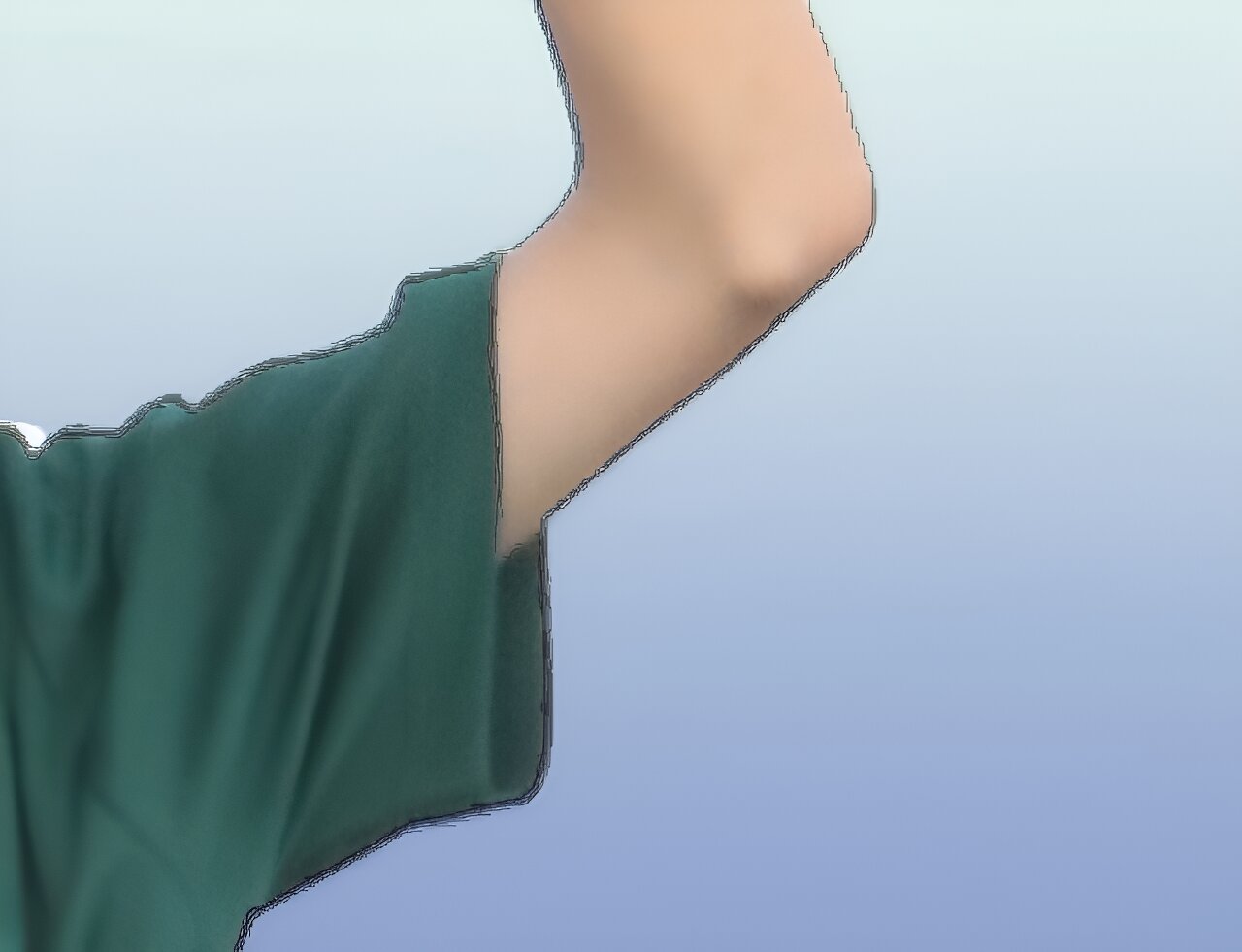Using bacteriophage-derived lysin to target odor-causing bacteria in armpits
Date: 29.4.2024
Body odor from the armpits comes from bacteria metabolizing sweat produced by the apocrine glands. These bacteria are native to our skin, but the odors produced differ among people. Generally, people use deodorants on their armpits, but perhaps there is a way to get rid of the bacteria.
 To find out, a research team led by Osaka Metropolitan University Professor Satoshi Uematsu and Associate Professor Kosuke Fujimoto at the Graduate School of Medicine collected body fluid samples from the armpits of 20 men that were deemed healthy.
To find out, a research team led by Osaka Metropolitan University Professor Satoshi Uematsu and Associate Professor Kosuke Fujimoto at the Graduate School of Medicine collected body fluid samples from the armpits of 20 men that were deemed healthy.
A subjective olfactory panel classified them into two types of odors, with 11 having a more noticeable smell. The researchers analyzed the matter produced from bacterial metabolism and the DNA of the skin microflora and found an increased presence of odor-causing precursors in those 11 samples along with a proliferation of Staphylococcus hominis bacteria.
The team then synthesized a lysin from a bacteriophage, or virus that attacks bacteria, that infects S. hominis. During in vitro experiments, this lysin was found to target only S. hominis, not other bacteria normally present on the skin.
"We performed a large-scale metagenomic analysis of the skin microflora using the SHIROKANE supercomputer at the University of Tokyo and found that S. hominis is important in the development of odor," said Assistant Professor Miho Uematsu in the Department of Immunology and Genomics. "The identification of the lysin that attacks S. hominis is also the result of the comprehensive genome analysis."
Zdroj obrázku: Osaka Metropolitan University.























